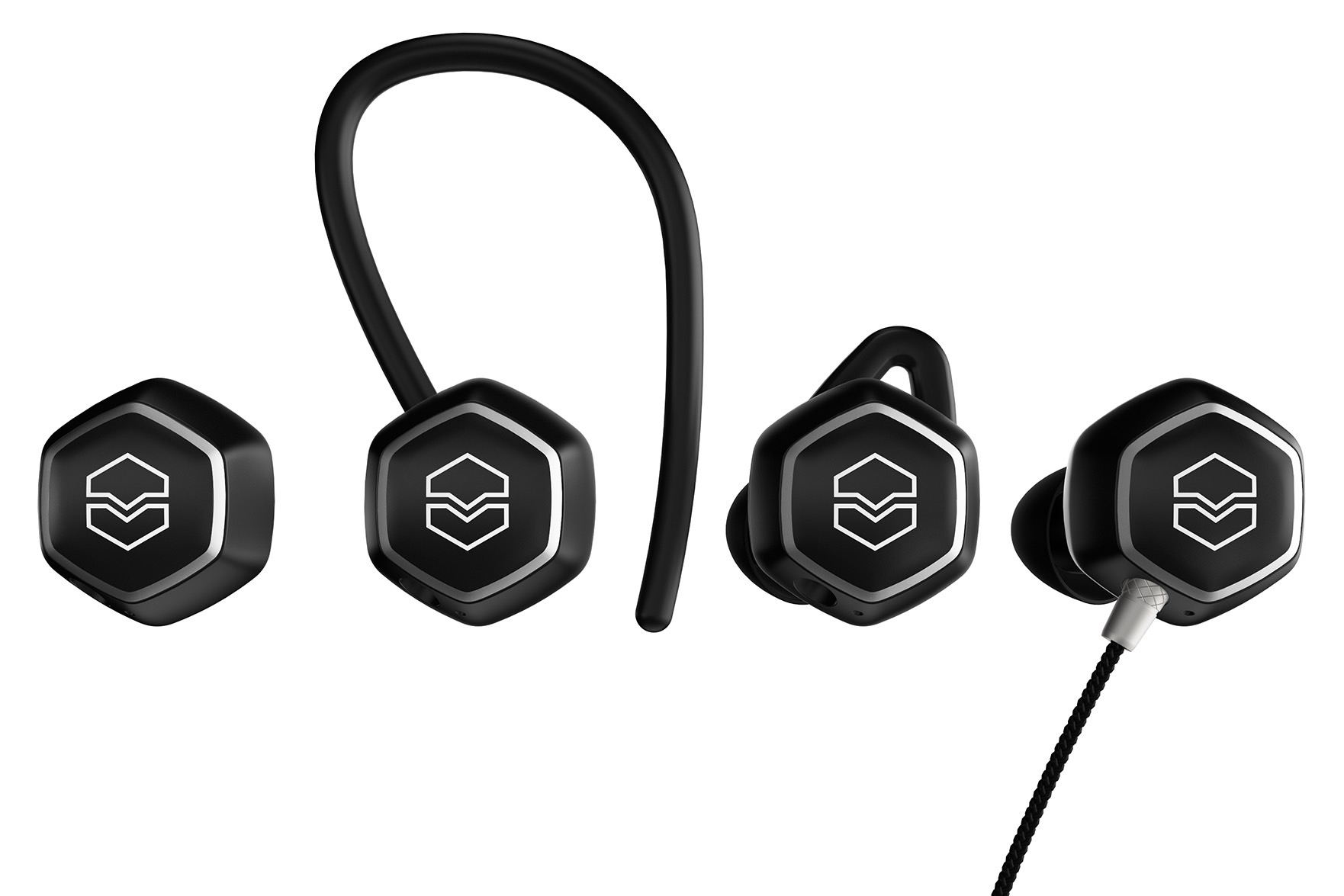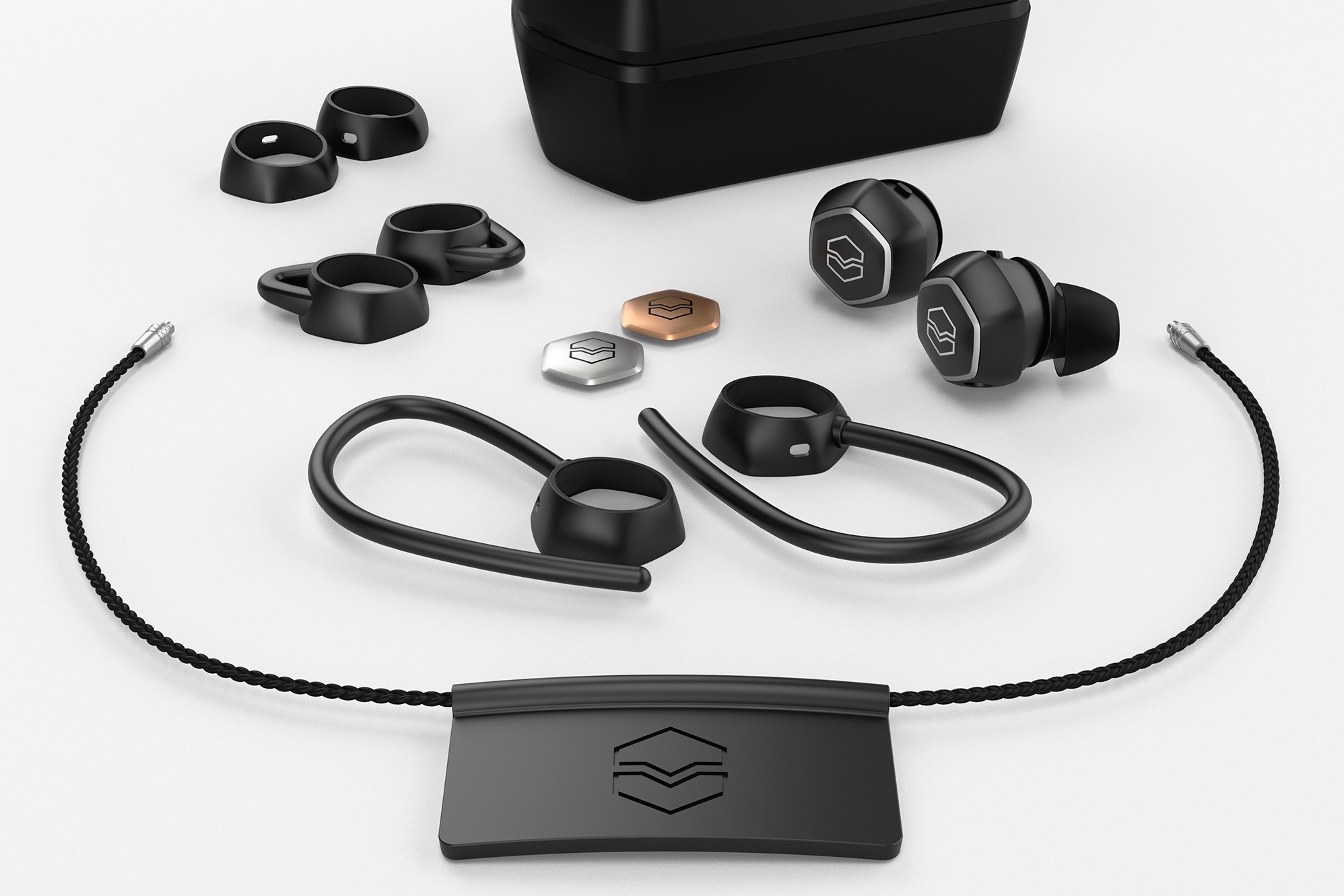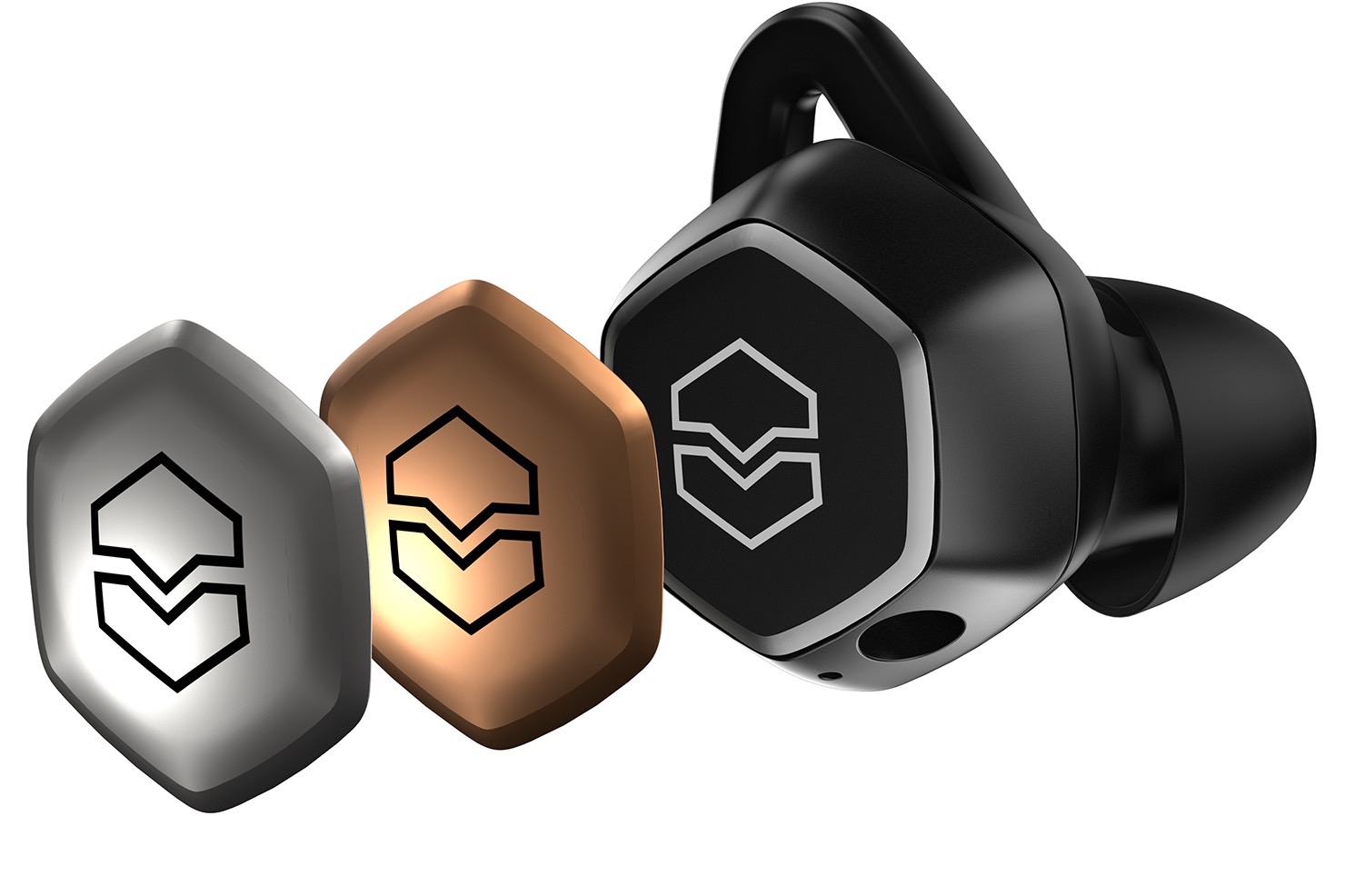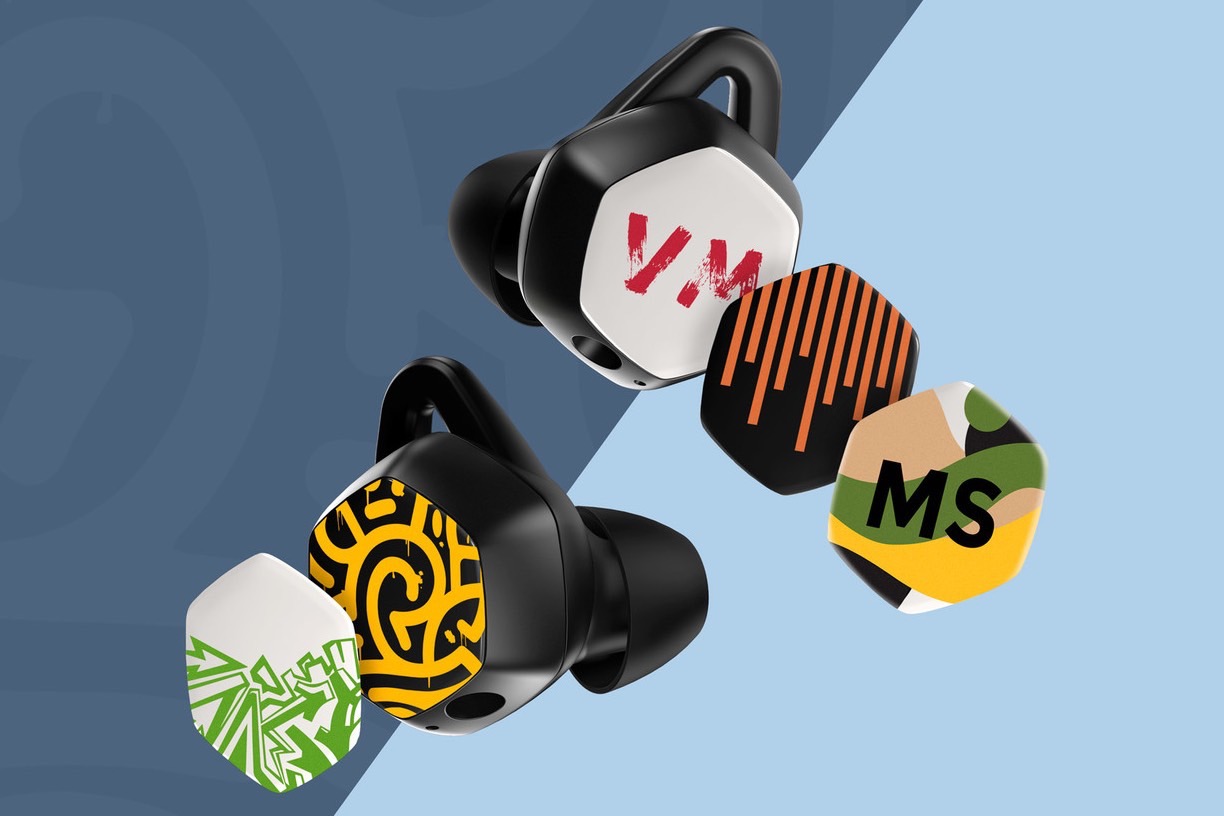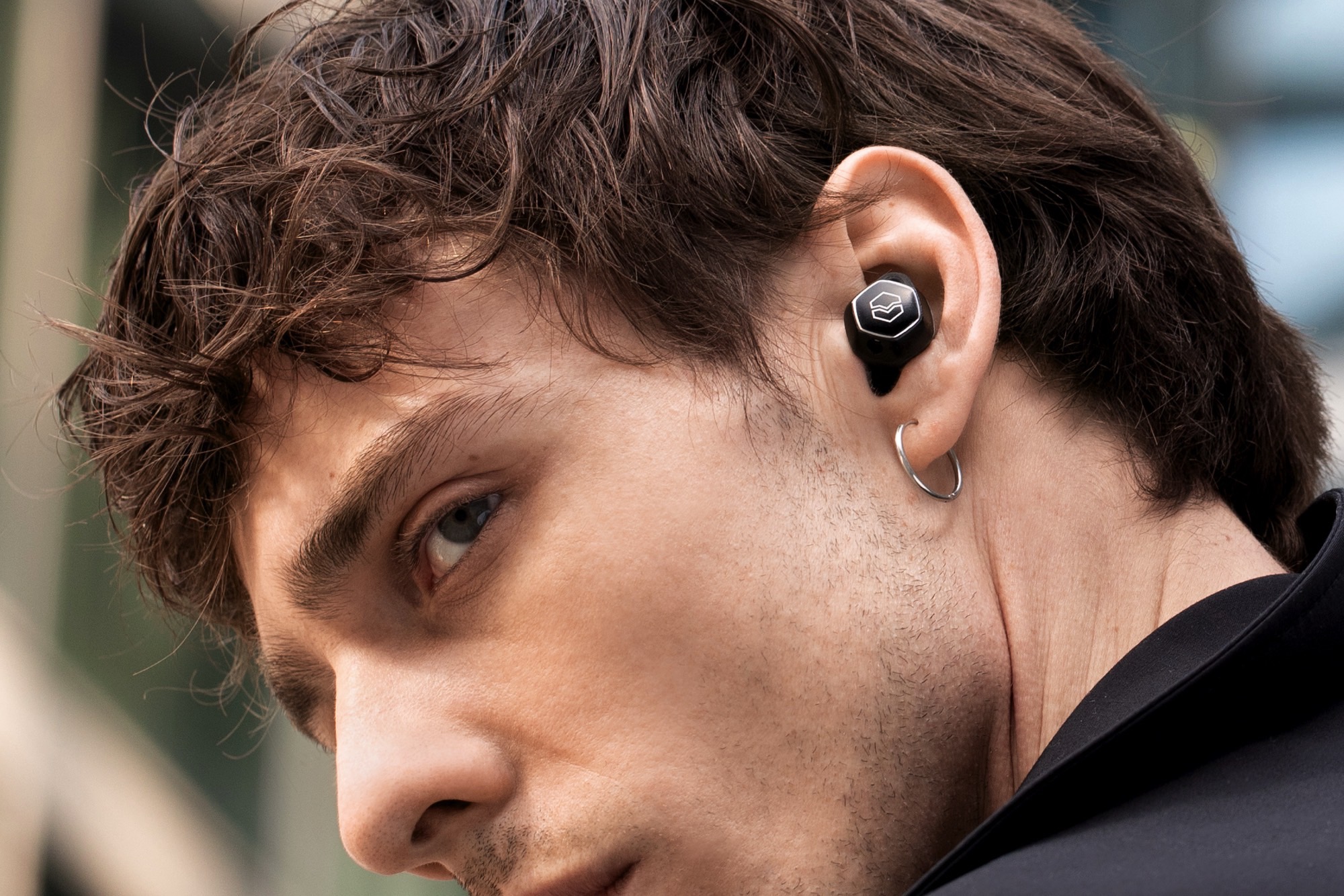V-Moda has released its first true wireless earbuds, called the Hexamove. There are two versions of the earbuds, including the $170 Hexamove Pro, which come with a variety of accessories for customizing their fit, fashion, and function. Then there are the $130 Hexamove Lite, which are identical to the Pro, except that they don’t come with the extra accessories. Both are available starting today, October 12, at Amazon and other retailers.
Unlike other brands of true wireless earbuds that have started to cram in every imaginable feature — like active noise cancellation, in-ear detection, transparency mode, and wireless charging — V-Moda appears to be trying to differentiate the Hexamove with a unique style and the ability to customize both the look and the fit.
Both models offer what V-Moda calls its signature sound, with “powerful bass, vibrant mids, and pristine highs.” To help with that, the earbuds support SBC, AAC, and aptX Adaptive Bluetooth codecs for phones that support them. You can adjust their sound signature using the V-Moda app for iOS and Android. They get six hours per charge in the earbuds, and 24 hours of total playtime when you include the charging case’s capacity. Both the Lite and the Pro have an IPX5 rating for water resistance, which is more than enough protection for a heavy workout or a rainy run.
The Hexamove Pro come with optional earfins for a more secure fit, as well as a set of earhooks for those who want even more security and stability for high-impact activities. There’s even a lanyard that can be screwed into the earbuds, so you can pull the earbuds out and not have to hold them in your hand or pocket them. Given that there’s no transparency mode, removing them is something you may have to do quite a lot.
V-Moda’s wired and wireless headphones are known for their distinctive hexagonal shape and swappable earcup shields. The Hexamove Pro continues that tradition with their own swappable shields — you can order the Pro in either black or white, but both come with a set of bronze and silver shields, too.

The Hexamove Lite lacks the Pro’s extra accessories, but you can buy them in a bright red color in addition to black and “sand white.”
Given their relative lack of features (and no fit accessories like the Pro), the Hexamove Lite will need to offer great sound quality. The competition, namely Sony’s $100 WF-C500 and Jabra’s $80 Elite 3, are both considerably more affordable.
